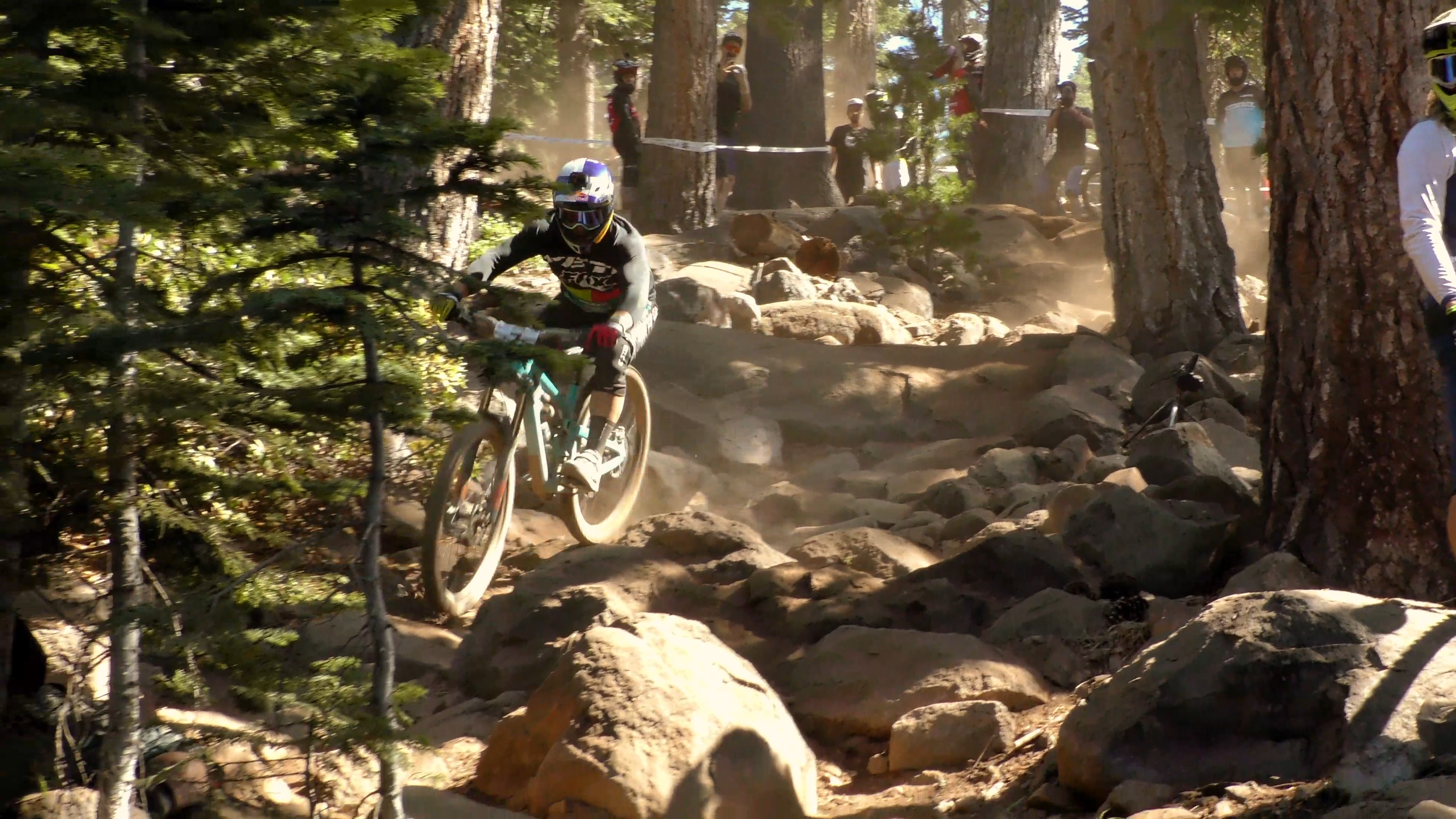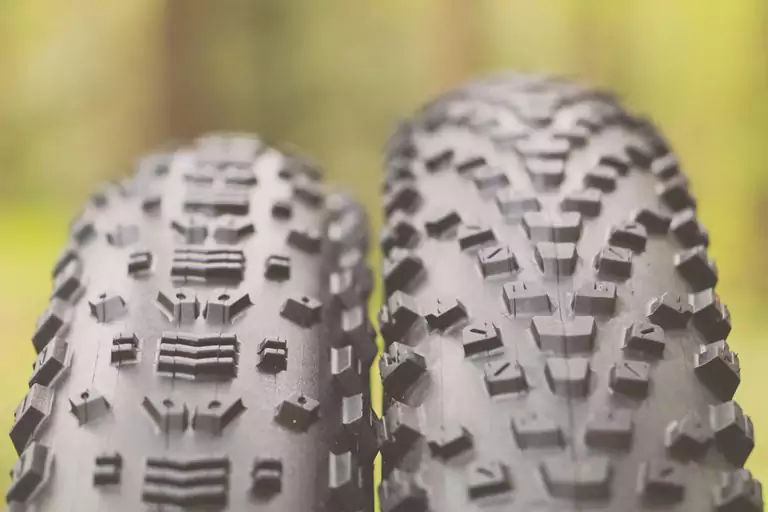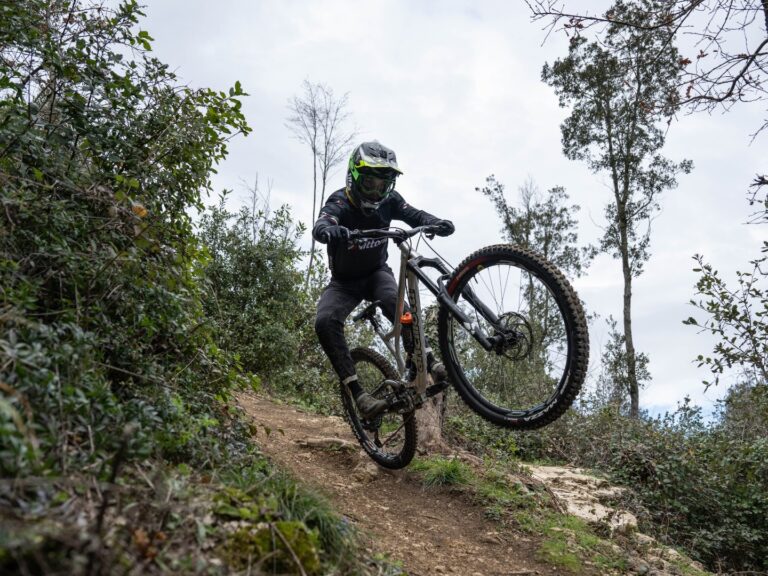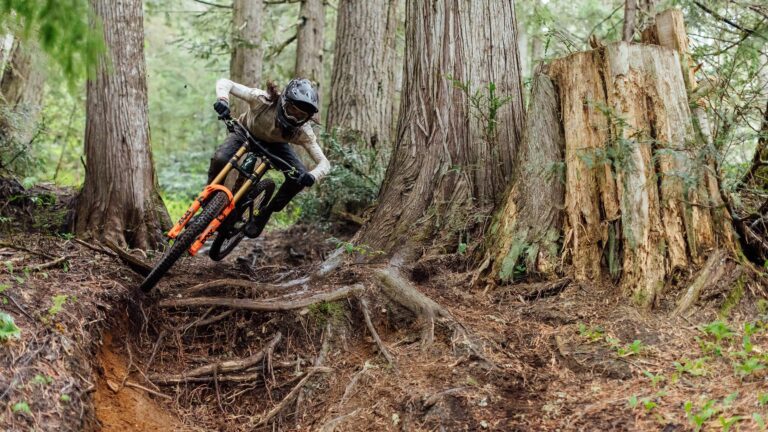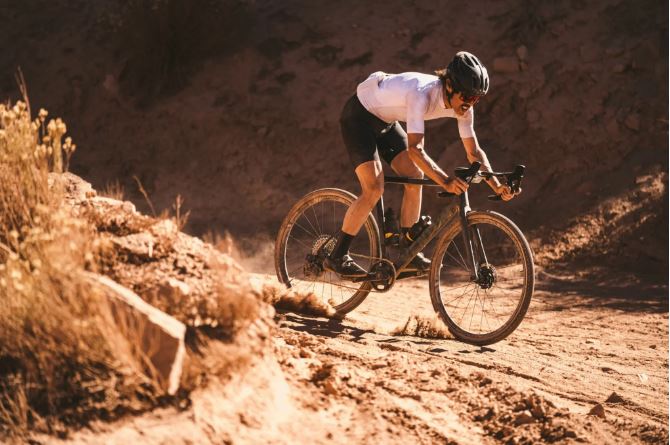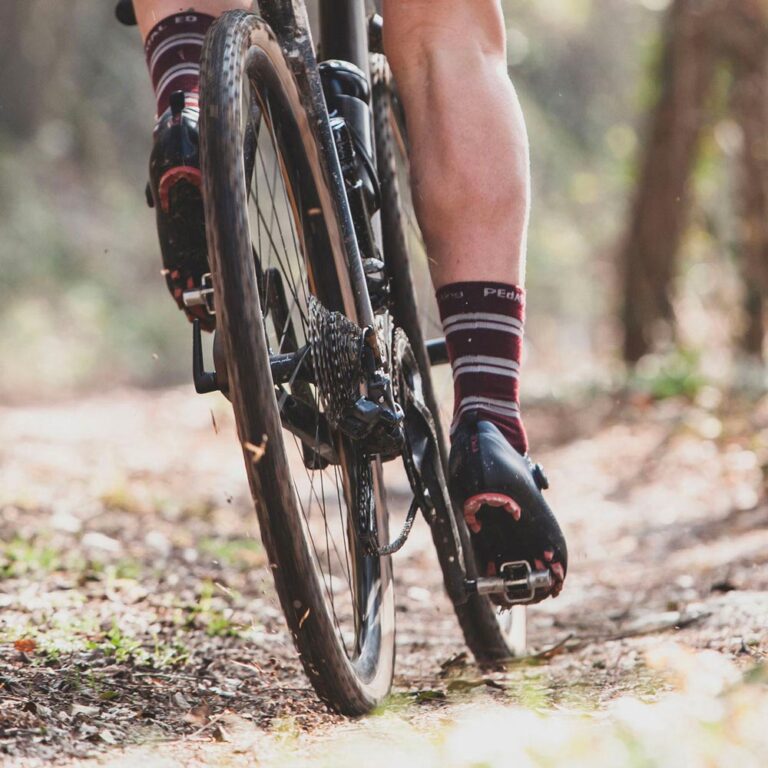Mastering Varied Terrains: Tires for Varied Terrains in Enduro Biking
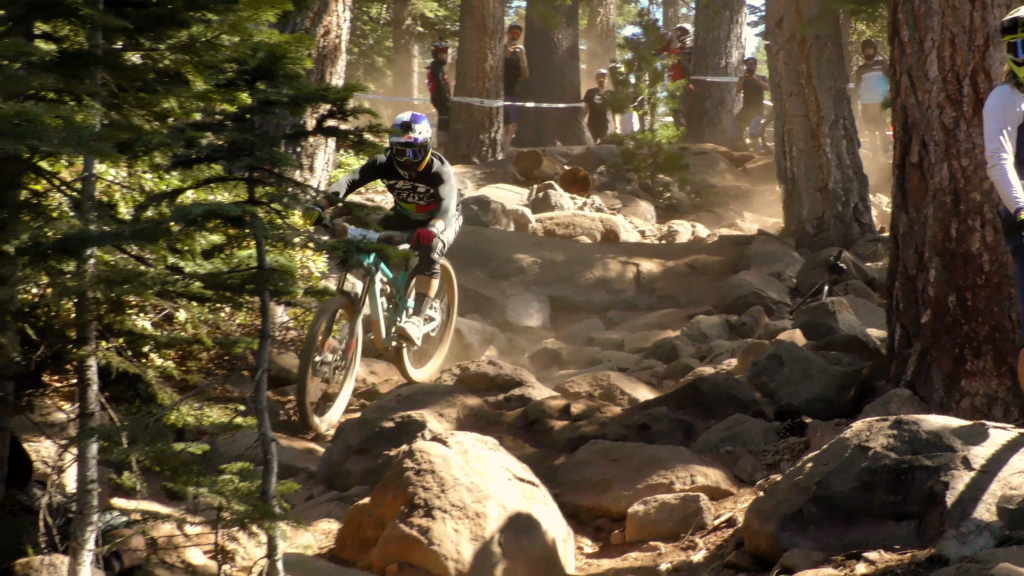
Key Point Summary of Tires for Varied Terrains in Enduro Biking:
- Choosing the Right Tire: Importance of selecting tires that match the varied terrains encountered in enduro biking.
- Tread Pattern Matters: How different tread patterns affect grip and performance on diverse surfaces.
- Tire Width and Volume: The role of tire width and volume in enhancing stability and traction.
- Rubber Compound: The impact of different rubber compounds on tire adaptability and durability.
- Tubeless Technology: Benefits of going tubeless for enduro biking across varied terrains.
Riding through the ever-changing landscapes of enduro trails has taught me a thing or two about the importance of adaptability—especially when it comes to tires. The right set of tires can be the difference between a good day and a great day on the trails, offering the confidence to push your limits, no matter the terrain. Let me share some insights on choosing the best tires for handling varied terrains, insights I’ve gained from years of racing and riding across different disciplines.
Understanding the Terrain
Enduro biking throws a mixed bag of terrains at you—rocky climbs, muddy descents, and everything in between. Early in my cycling journey, I quickly learned that there’s no one-size-fits-all tire for enduro. Each trail demands a different approach, and sometimes, a compromise is necessary.
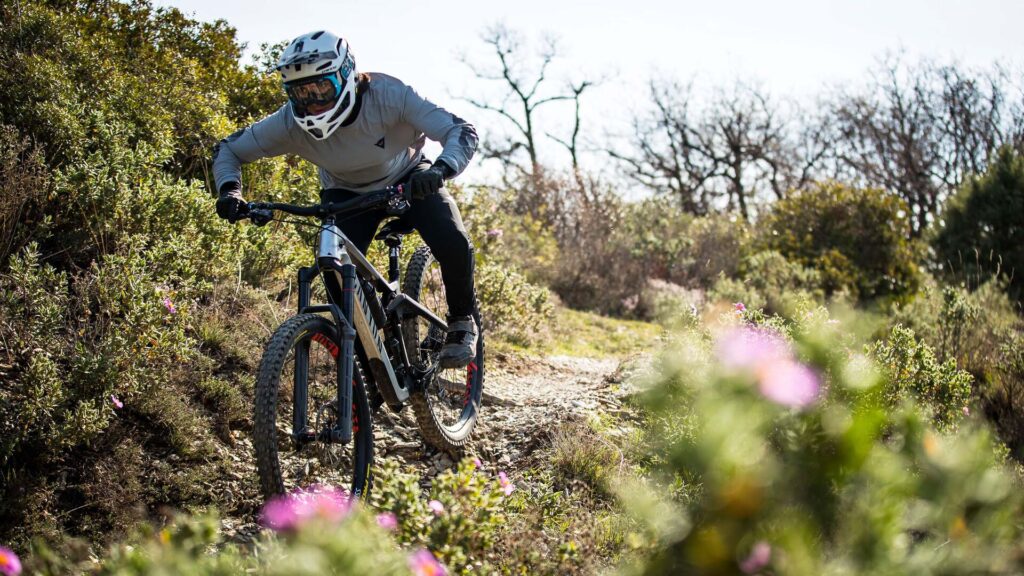
Tread Pattern: The First Consideration
The tread pattern is your tire’s first contact with the ground. I remember this one time, riding a set of tires ill-suited for wet conditions; the bike felt more like a sled than a mountain bike. Aggressive, widely spaced knobs are a must for muddy conditions to prevent clogging, while lower profile treads suit hard-packed dirt, offering less rolling resistance. Choosing a tire with a versatile tread pattern is key for enduro’s varied terrains.
Width and Volume for Stability
Tire width and volume significantly affect bike handling. Wider tires offer more stability and grip, crucial for technical descents and loose terrain. However, they do come with a weight penalty. I’ve found a sweet spot in 2.3″ to 2.5″ wide tires, balancing performance and agility. Riding through a particularly gnarly rock garden, the extra width saved me more than once from losing control.

Rubber Compound: Grip vs. Durability
The rubber compound of a tire influences its grip, rolling resistance, and wear. Soft compounds offer incredible grip but wear out faster, a trade-off I’ve considered on many race days. However, many modern tires feature dual-compound rubber, providing a good balance for varied terrains. During a season of experimenting with different compounds, the dual-compound tires consistently delivered performance and durability across most conditions.
Going Tubeless: A Game-Changer
Switching to tubeless tires was a revelation. The ability to run lower pressures without the risk of pinch flats means better traction and a smoother ride over rough terrains. Plus, the self-sealing nature of tubeless setups can save your ride in the case of punctures. On a long, remote trail ride last summer, a thorn would have ended my day early if not for the sealant in my tubeless setup.
Tires for Varied Terrains in Enduro Biking: Wrapping Up
In conclusion, the quest for the perfect enduro tire for varied terrains is ongoing. The key is to understand the demands of your typical riding conditions and choose a tire that offers the best compromise between grip, durability, and performance. Remember, the right tires not only enhance your ride but also improve your skills and confidence on the bike.
For enduro biking, considering alternatives to Maxxis and Schwalbe, Pirelli, and WTB offer competitive models that are highly regarded for their performance across varied terrains.
Pirelli Model: Scorpion Enduro M
Pirelli Scorpion Enduro M is designed to provide a balance of durability, grip, and rolling efficiency, making it well-suited for the mixed conditions typical of enduro riding.
- SmartGRIP Compound: This technology ensures a high level of grip in wet and dry conditions alike, improving safety and fun across various terrains.
- Versatile Tread Pattern: The tread is designed to perform across a wide range of soil conditions, ensuring excellent traction and braking efficiency without compromising on rolling resistance.
- Reinforced Sidewalls: Features Pirelli’s ProWALL sidewall reinforcement technology for increased puncture protection and stability at low pressures, critical for technical enduro trails.
WTB Model: Vigilante 2.5 TCS Tough/High Grip
WTB Vigilante 2.5 TCS Tough/High Grip is favored by many enduro riders for its aggressive tread design and robust construction, making it a go-to tire for technical and demanding terrain.
- Aggressive Tread Pattern: Designed for the loosest, most challenging trails, the large, square lugs provide ample braking traction and cornering grip in wet and muddy conditions.
- TriTec Compound: Features a triple-compound rubber that optimizes traction, support, and durability. The soft, sticky outer layer provides an unmatched grip on wet rocks and roots.
- TCS Tough Casing: WTB’s TCS Tough casing offers two full layers of casing for exceptional puncture protection, sidewall durability, and stability at lower pressures.
Both the Pirelli Scorpion Enduro M and the WTB Vigilante 2.5 TCS Tough/High Grip tires offer unique features that cater to the demands of enduro riding, providing riders with options that excel in varied terrains and conditions. Whether prioritizing grip, durability, or versatility, these tires present themselves as top contenders for enduro enthusiasts seeking alternatives to the more common choices.
Happy trails!
John

FAQ
What size tires are best for enduro dirt bikes?
Typically, 2.3 to 2.6 inches in width.
What is the best tire width for enduro bikes?
The optimal range is 2.4 to 2.5 inches for a good balance of traction, control, and rolling efficiency.
Can I have 2 different tires on my bike?
Yes, it’s common to use two different tires, with a focus on grip in the front and rolling efficiency in the rear.
